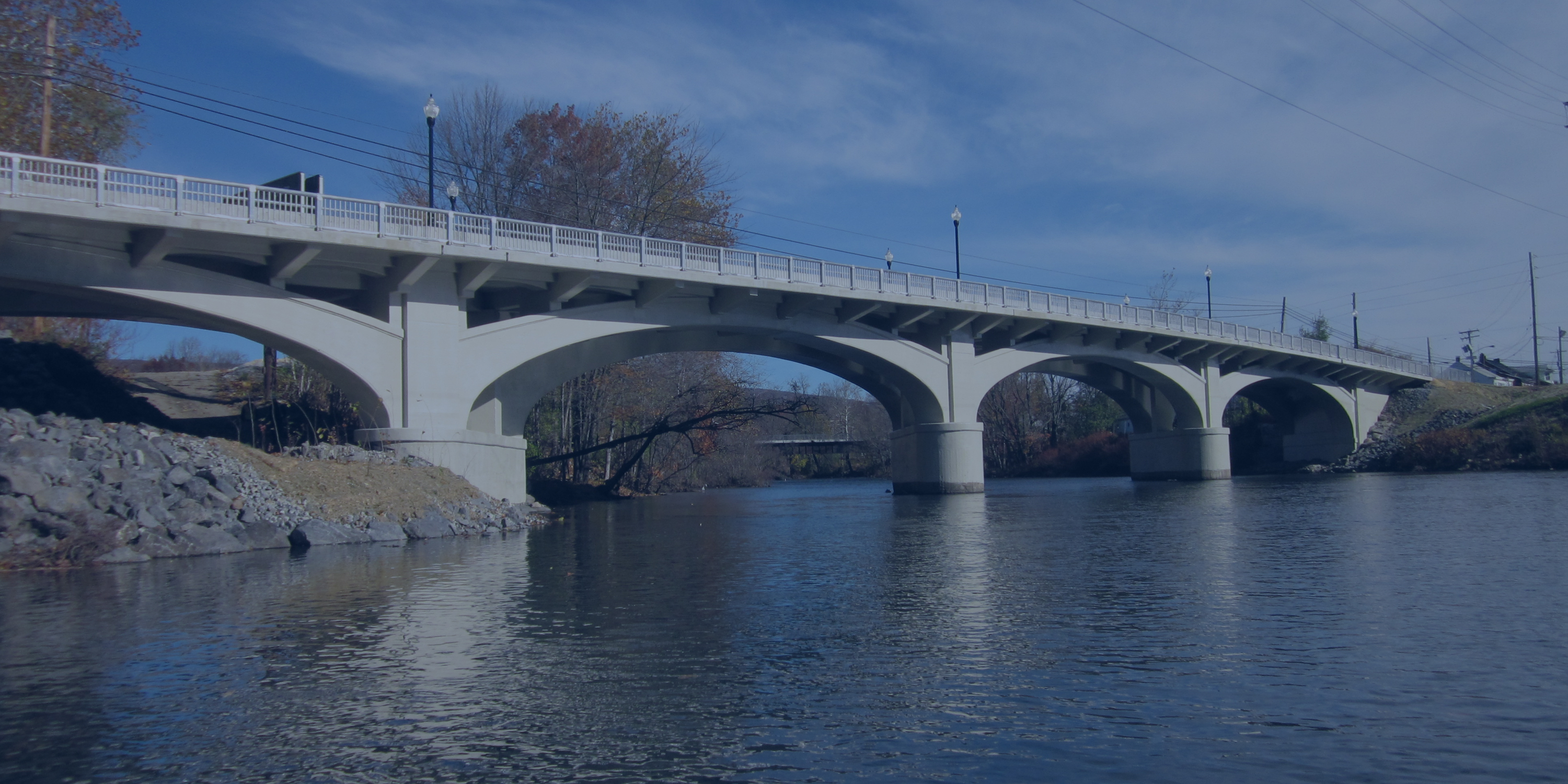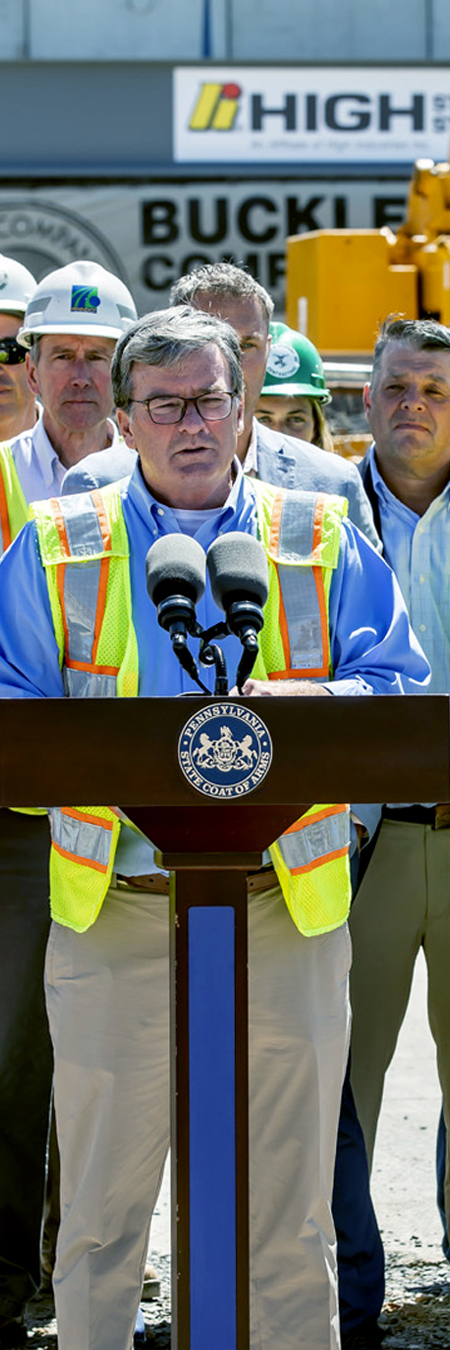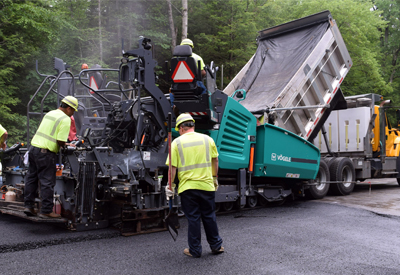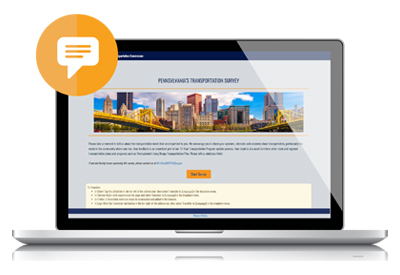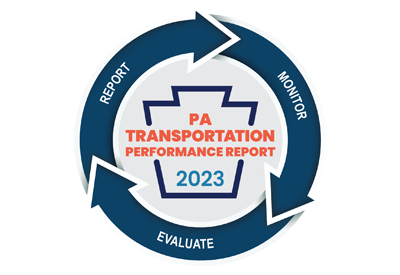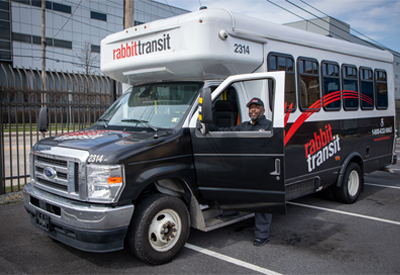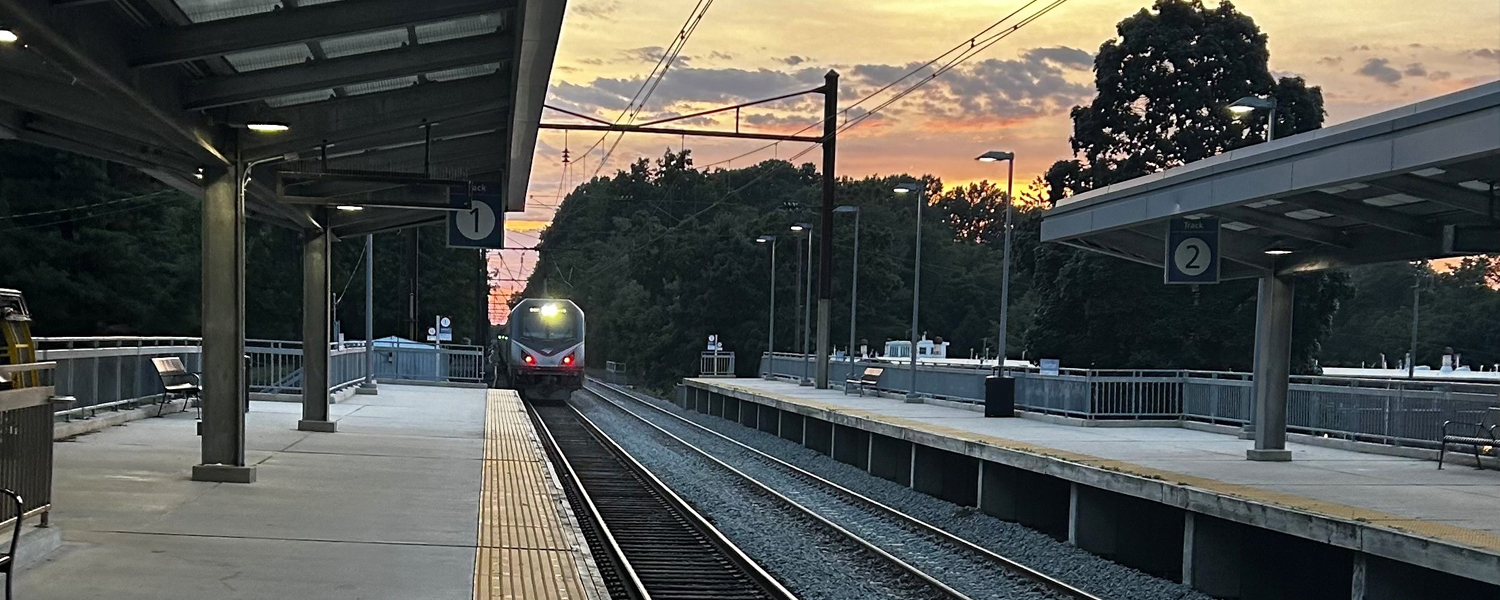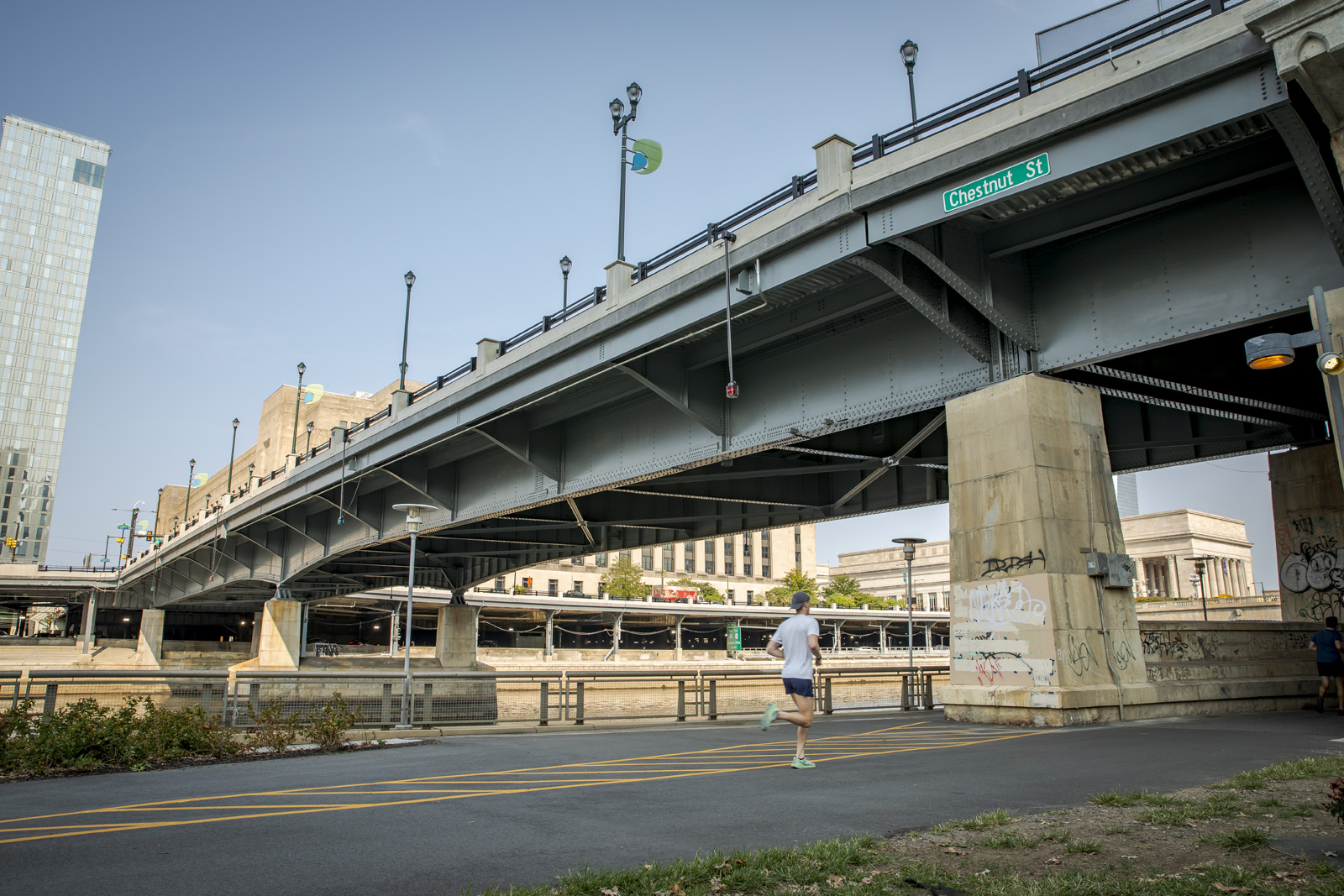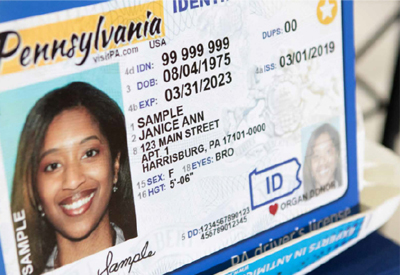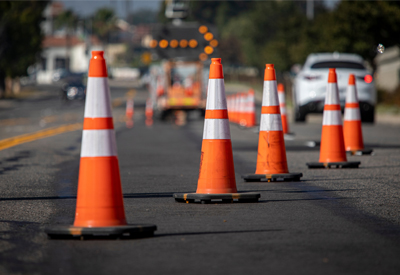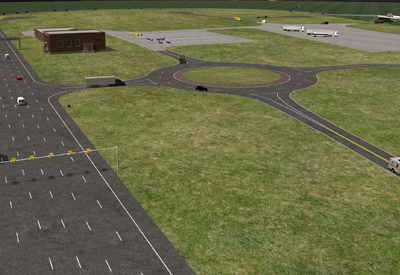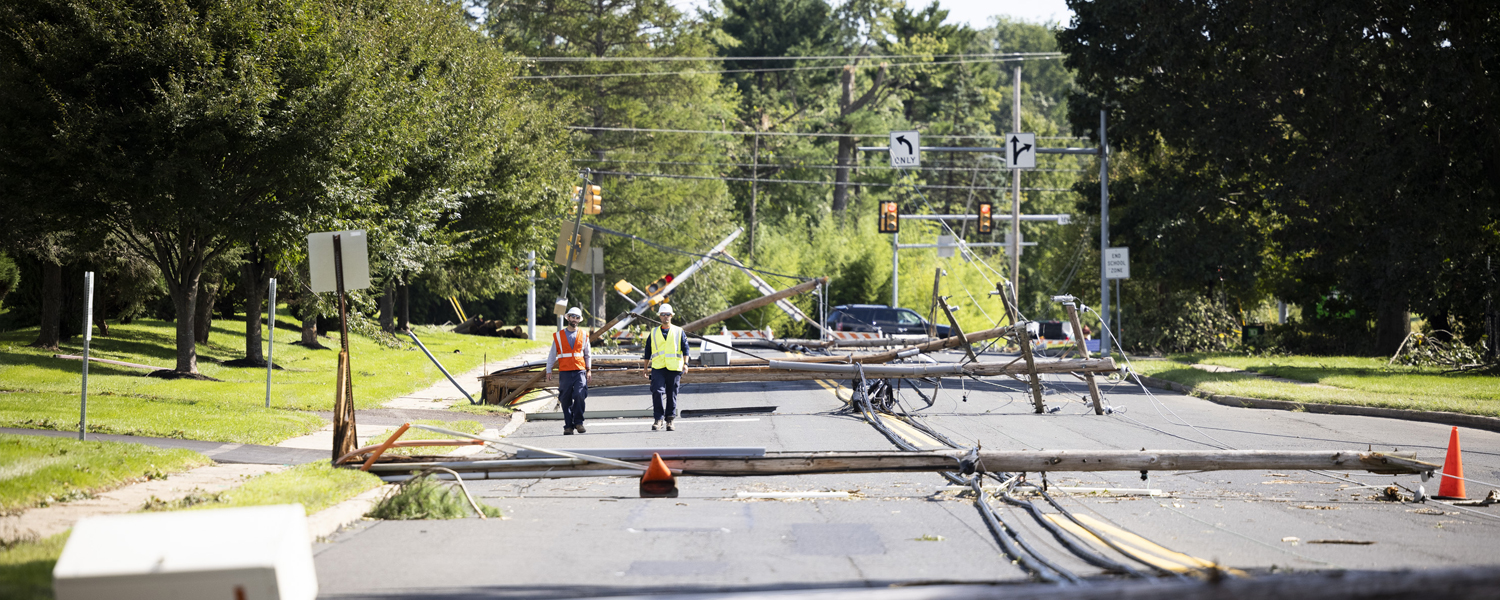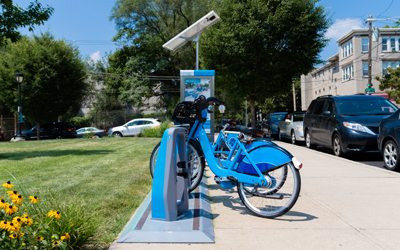Transportation Equity at PennDOT
With a national discussion about racial inequity ongoing, the Department created a Dismantling Systemic Racism and Inequities Working Group, made up of employees throughout the agency, to evaluate policies and procedures and improve the inclusion and organizational culture of the Department.
The group released the first-ever Dismantling Systemic Racism and Inequities report that provided recommendations for areas including PennDOT staffing, recruitment and culture, public involvement activities, and contracting.
More specifically, PennDOT wants to increase its direct involvement and engagement rate with disadvantaged and underserved communities. The Department continuously works to improve our public involvement process using demographic data to increase broader community participation and input.
PennDOT is focused on considering diversity and inclusion efforts that make transportation work for everyone.
Finally, we want to ensure that all communities are appropriately represented within PennDOT’s workforce, including in management positions and on our advisory boards and commissions. We are looking for ways to expand and strengthen our apprenticeship program, specifically for under-represented groups in construction and maintenance areas.
These efforts become increasingly important as Pennsylvania becomes more diverse, as illustrated by the 2022 U.S. Census numbers, which showed increases in non-white residents. Currently, Pennsylvania’s racial and ethnic representation identifies as 75.50% White, 10.40% Black, 8.12% Hispanic, and 3.61% Asian.
These efforts become increasingly important as Pennsylvania becomes more diverse, as illustrated by the 2020 U.S. Census numbers, which showed increases in non-white residents.
Council on Inclusive Excellence (CIE)
PennDOT has also established the Council on Inclusive Excellence
(CIE), composed of staff members from across the department and
external partners that integrate best practices for diversity, equity,
inclusion, and belonging (DEI&B) into agency policies and programs.
In consultation with program staff and subject matter experts, the
CIE makes advisory recommendations on significant DEI&B issues
involving all aspects of PennDOT’s operations to the Secretary
of Transportation for consideration. The CIE also established
subcommittees to help focus its efforts. Current subcommittees
include the following:
- Grants
- Workforce Development (internal)
- Workforce Development (external)
- Education and Cultural Awareness
- Community Engagement
Read More


